Anubis is the guardian deity and, in particular, responsible for embalming and shrouding the dead in preparation for the journey of immortality, according to what Robert Armor mentioned in his book “The Gods and Myths of Egypt”.
Robert confirms that Anubis is one of the oldest Egyptian deities and has a special connection to the story of the god Osiris. It is depicted as a jackal and is a type of Canidae or in the form of a human being with the head of a jackal. It is a common sight for Anubis to do the mummification and shrouding of the dead and its scenes in the guard dog position in front of the cemeteries Property.
According to legend, Anubis was an illegitimate son of Osiris and Nephthys. When Nephthys bore him, she was afraid of the oppression of her husband, the sixth god of evil, so she left him next to the cemetery, and the dogs took care of him, so his aunt Isis compassed him and raised him with her son Horus, and taught him medicine, embalming and human language, so he was the one who raised His mummified father Osiris with the help of his mother and aunt, as shown in the scenes of the temples of Abydos and Dandara.
From the book Death or the Anubis Death Papyrus
Since the era of the Old Kingdom, the ancient Egyptians throw religious songs on the deceased, including what is happening to him in the other world. Since the era of the Fifth Dynasty, he began writing these songs in cemeteries and was the first thing that was written in the pyramids on the walls from the inside. In the modern state era, the ancient Egyptians tended to write religious chants on papyrus papers and put them in the cemetery so that the deceased had a certain life in the afterlife. The scholars termed these papyri as the “Book of the Dead” because the book was placed in the cemetery with the deceased and included his life after death.
The Annie Papyrus is considered the best book of the dead that we have, and this name is named because it was found in the grave of a person called “Annie”. This person we know was a writer because he always reminds himself in his papyri chants with the phrase “Writer Annie,” and the entire papyrus is chanted that “Annie” sings for various deities such as the chant of Ra, the song of Uzir, the song of Horus … etc. In each song, “Annie” talks about the idol, its function, genealogy, birth story, and various myths. Also, it speaks at its beginning about the life of the deceased after death and what has happened to him in the other world since the funeral of his body to the grave.
Funeral of the dead body to the grave
As evidenced by the image depicted on the Annie papyrus, the deceased’s mummy was placed in a sarcophagus carried on a boat drawn by bulls driven by four men. Next to the deceased’s mummy, his wife kneeling as he mourns for him and in front of him, there are two statues of Isis and Nephthys, and behind the boat, the walkers walk. In front of the naos, the priest who burns incense stands in a censer and sprinkles water from a bottle. In the back, there is a funerary box surmounted by the symbol of “Anubis”, the guard of the other world. It is decorated with the slogans of “protection and safety” on a slide drawn by four servants. When the funeral procession reached the cemetery, the deceased stood in front of the cemetery and headed to the mourners to bid farewell to the last goodbye. At the same time, the idol “Anubis” behind him embraced him and his wife, who kneels in front of Anubis. After that, the priests perform the ritual opening of the mouth that makes the deceased able to eat and drink in the other world, where the priest stands “poison”, wearing the skin of the tiger, holding the bottle and the vaporizer in front of the offering table, while standing beside him another priest holds in his right hand the tool “Or – really” in Photo of a snake with a ram’s head on top of a “Curtin”. Behind them stands “reciter” or “chanter” reciting funeral service from a cold roll followed by the assistant carrying a thigh of a sacrifice to be placed in front of the cemetery door and also there are men carrying boxes with flowers and flasks of perfume provided by a group of mourners with naked feeling and naked breasts stuck to their faces a sign of sadness. Meanwhile, offerings are provided for the cemetery, including various types of food such as oxen, beans, and others.
The trial of the deceased for his actions
The deceased enters the courtroom, called the Maat hall, in which his heart is weighed. In the court, we see the sitting judges, from right to left: Horus on the Horizon, Tammy, Shaw, Tafnout, Jeb, Nut, Isis, Nephthys, and Hathor. Ho, Sa.
On the axis of the pivot of the scale, a monkey sits with the head of a dog, “Rafik Thoth, the writer of the gods,” and the god “Anubis”, with the head of a jackal experiencing the tongue of Libra. In the face of Anubis, on the left of the scale, there is “tea”, the goddess of fortune. Behind Anubis, Thoth stands with his hand on the writing board to record the outcome of the trial, as does the ghoul or the monster “circulated” who devoured the deceased if it proved to be invalid.
When the deceased moves to the other world, we notice that he is equated with Osiris, and the texts of the Book of the Dead mention that “Thoth” during the trial is described as a judge of truth and justice. The deceased is tried by placing his heart in the balance to see whether the act of good deeds in the world or bad ones and was one of the sins that can That the deceased be held accountable for the desecration of the offerings of the deities, the uttering of evil, the saying of lying, and the commission of evil against the deities. If it turns out that he is a righteous man, then the gods will reward him by eating meat and have the right to enter the presence of the god Ozir and have an eternal abode in the other world like the followers of Horus.
The deceased’s lifestyle in the afterlife
We find that if the deceased is found guilty and devoured by the monster, it is “circulated” and ends forever. Still, if it is proven that he is good, he will enjoy eternal life in the other world and obtain flesh and have the right to enter the presence of the god Osiris and live an eternal life in an eternal abode like the followers of Horus.
In the following hymns in the Book of the Dead, we see that the deceased is led by “Horus” to Hazrat Osiris. The deceased takes the title “Ozir, the Lord of eternity”, which indicates that he became associated with the god Ozir. After that, he becomes a lieutenant of various deities on all different occasions and bread and beer are given in the morning and evening in a house “Osiris.” Likewise, Osiris considers him a deity and gives him eternal life in the sky, and the underworld opens doors for him at the beginning of the day to leave him to the sky like “Ra” and goes out to the world and does what he would like to do among the living. And when the deceased comes to earth, he takes the attributes of the god Horus, saying: “I have come and looked at my holy father and stabbed six. I have done all the rituals that my holy father needs, Osiris.”
Then it becomes clear that when the deceased prove his righteousness and piety, he lives in bliss forever in the other world. Osiris gives him bread and beer in the morning and evening and receives gifts of meat. All this is a metaphor for he eats the best food in the other world as it is for him to ascend to heaven in the day Like “Ra” and when in the other world he takes the characteristics of Osiris, and when he goes out to the world, he takes the qualities of Horus.
The book of the dead, particularly the papyrus of the writer “Annie”, was not merely songs recited to praise the various Egyptian deities. Rather, this book was of the utmost importance in terms of religion, history and literature.
From a religious point of view, every chant about each deity spoke of the various myths of this deity and spoke of its attributes, lineage, function, and deeds. She also described the rituals that took place in burying and offering condolences to the deceased and about the life and trial of the deceased in the other world, how it is tried and knowledge of whether he is righteous or guilty. She described the torment that he had received if he was guilty and the bliss he enjoyed if proven to be good. She also spoke about the relationship of the deceased to various deities, whether in life or death.
From the historical point of view, we knew the extent of the development of the religious thinking of the ancient Egyptian by comparing the religious chants in the old state, the middle state and the modern state, as well as we knew that the method of writing the religious songs of the deceased developed by the ancient Egyptian and one of the forms of this development was that it was initially written on the walls of the pyramids In the Old Kingdom, then it was written on the walls of the sarcophagi in the middle state. In the New Kingdom, papyri appeared in the tombs that were placed with the deceased in his grave and contained the chants of the gods, known as the Book of the Dead.
From the literary point of view, we realized the extent of development in the literary style in the religious songs reached by the ancient Egyptians in the modern era of the state.
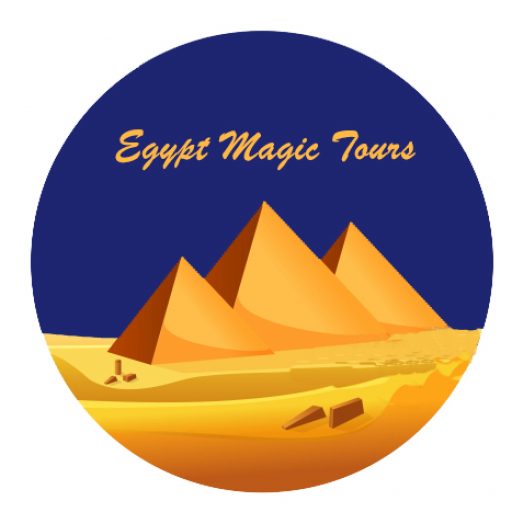

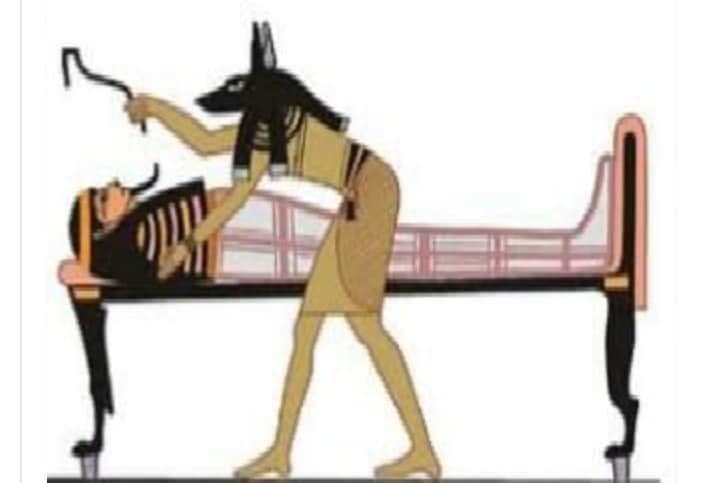
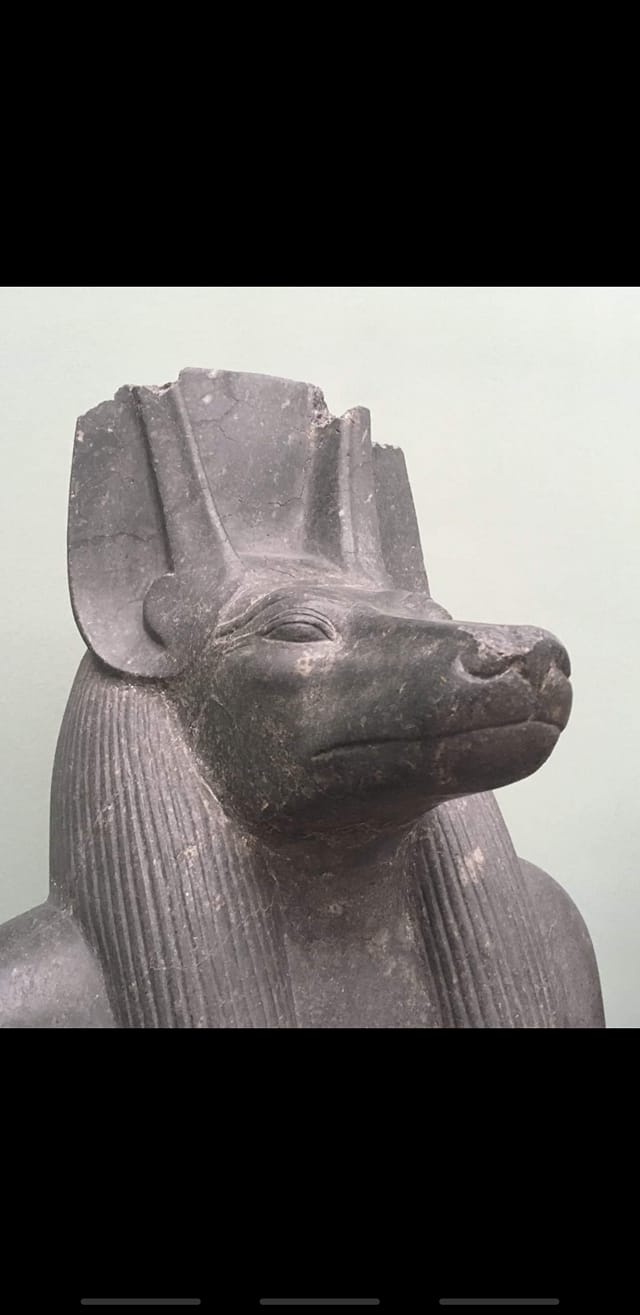

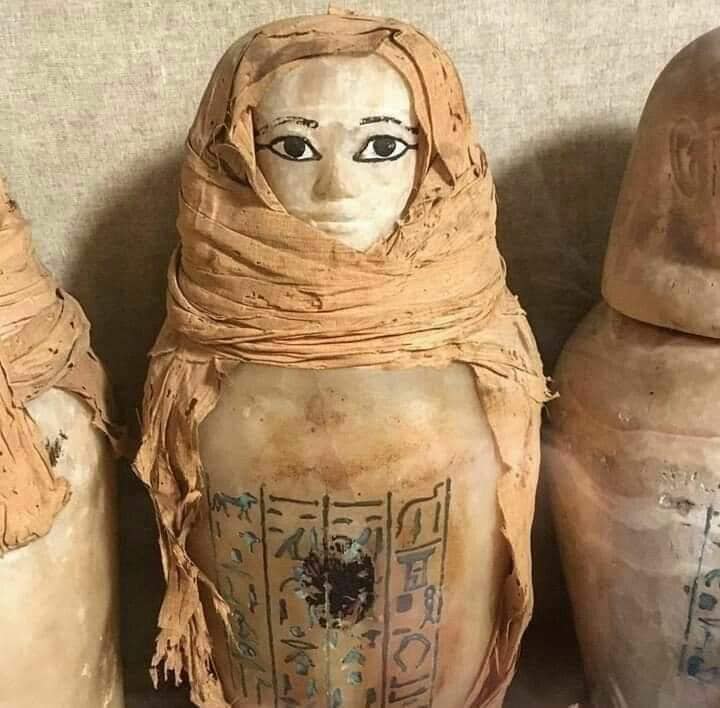


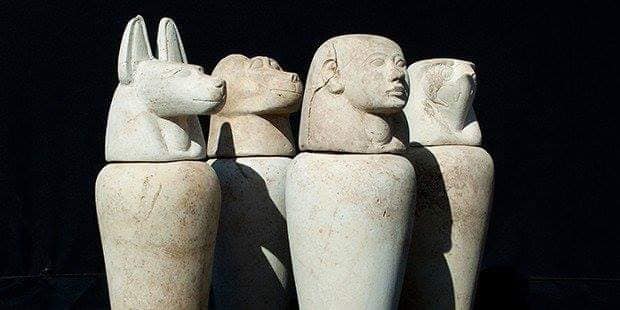

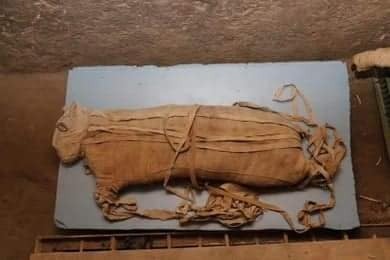

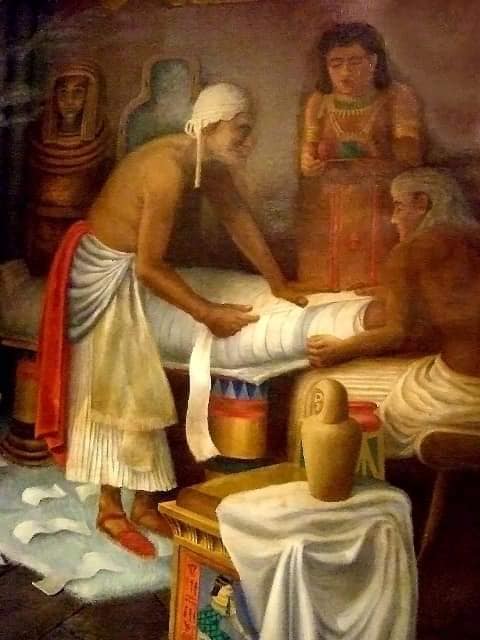
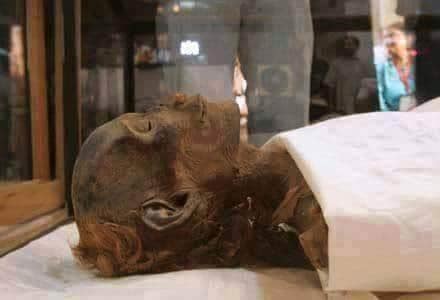
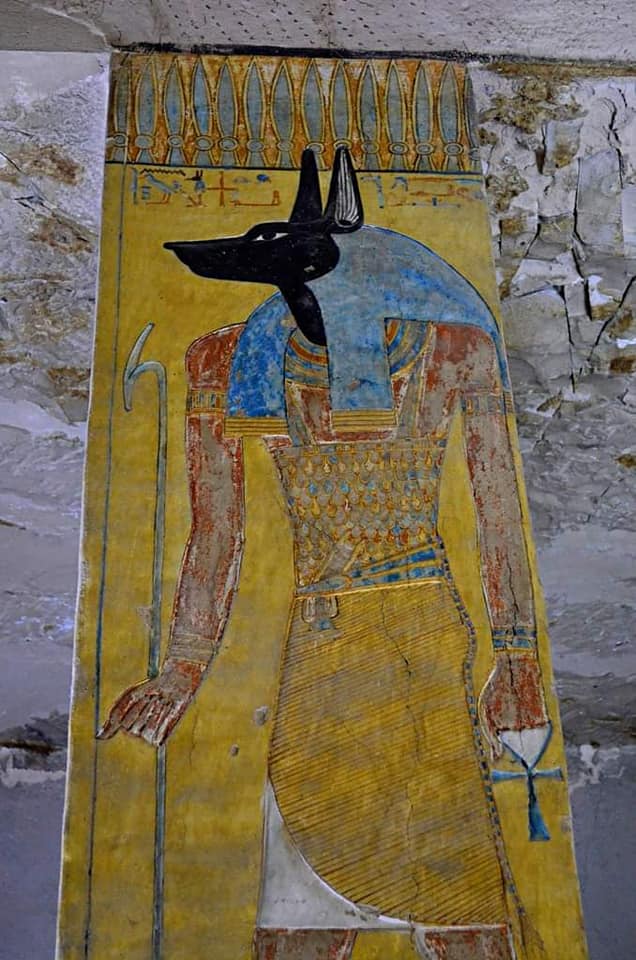
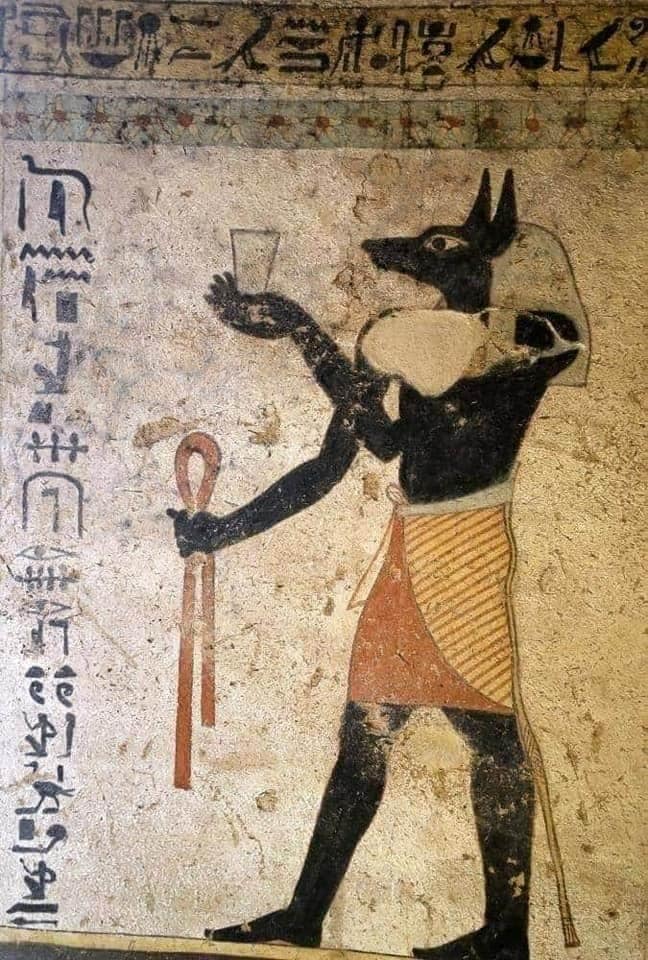

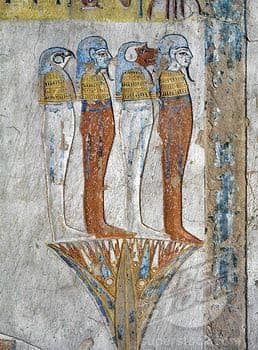

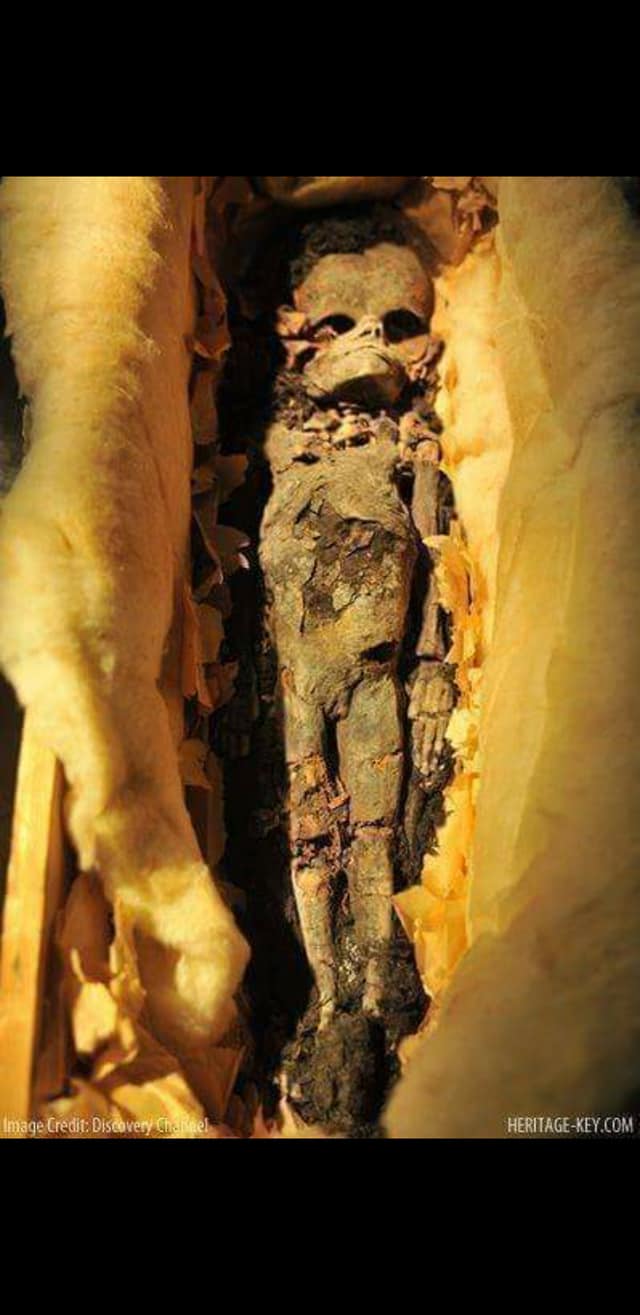
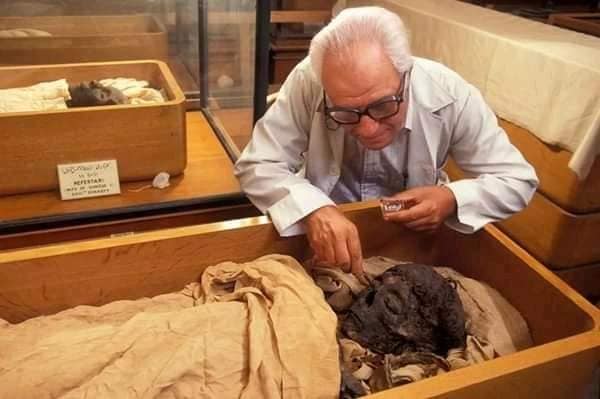
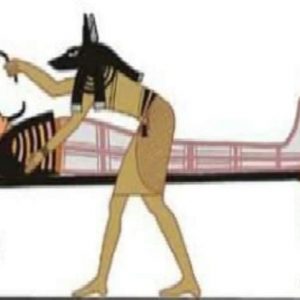
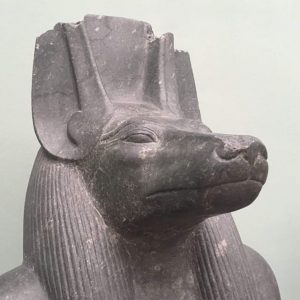
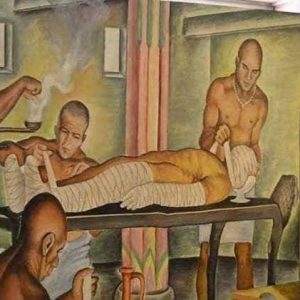


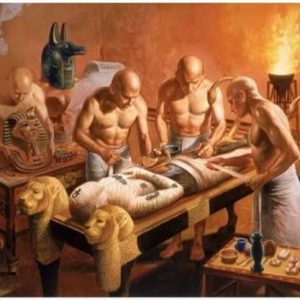
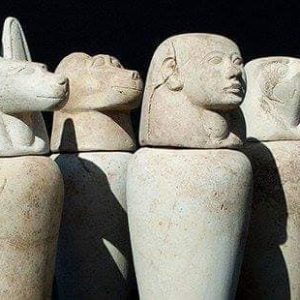

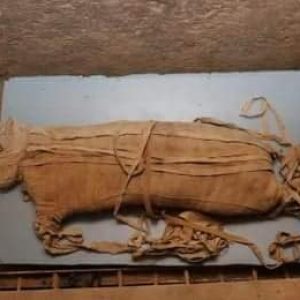


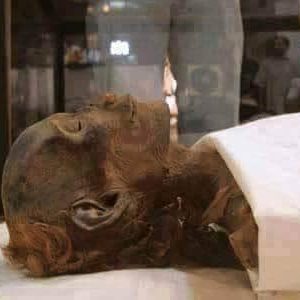
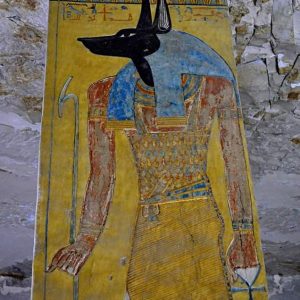
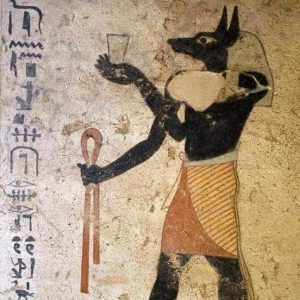

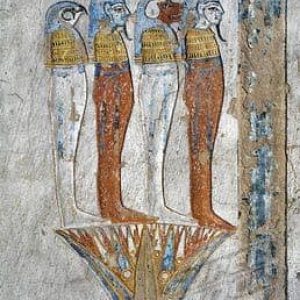
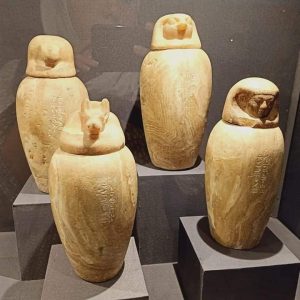
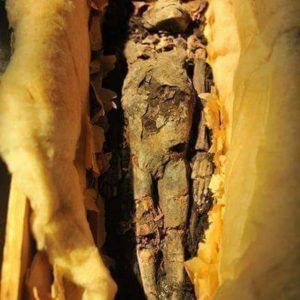
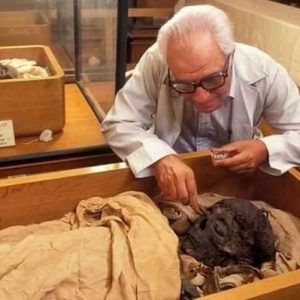
Comment (0)